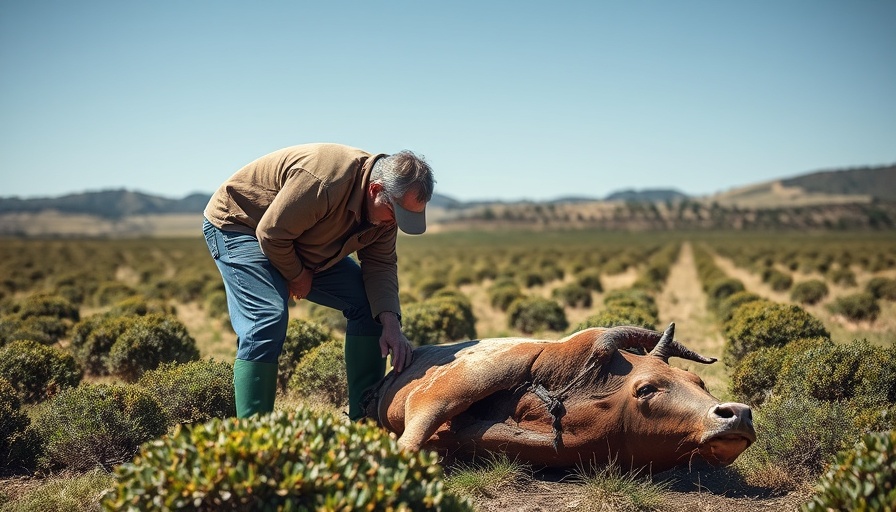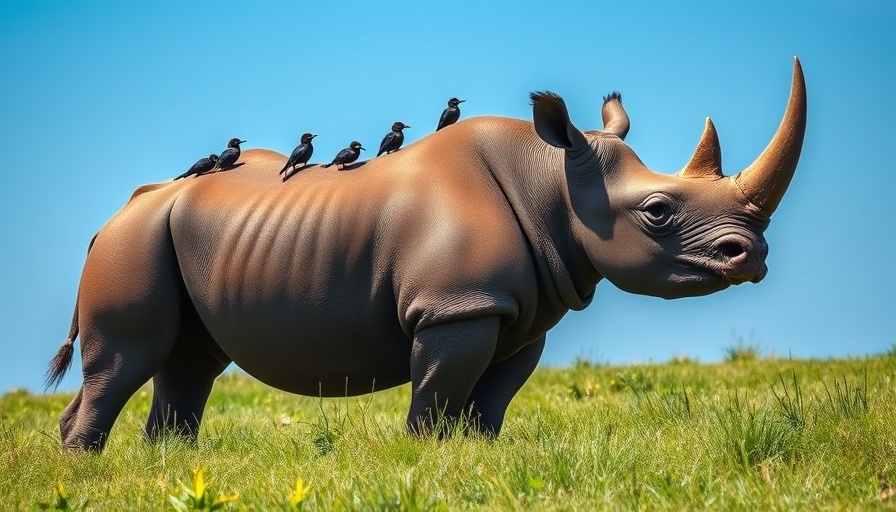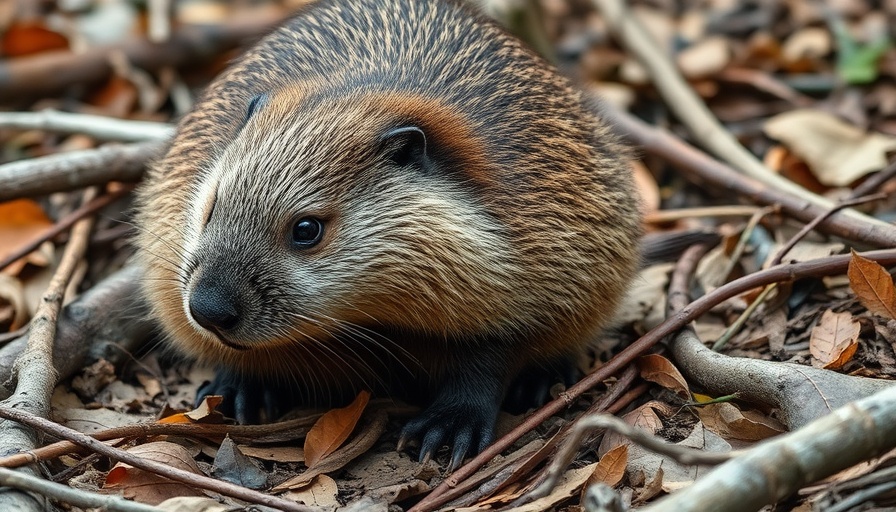
The Rising Tension Between Ranchers and Wolves in California
Sierra Valley, a serene expanse of green pastures dotted with cattle and homes in California, is increasingly becoming a troubling battleground for ranchers and wildlife. Dan Greenwood, a rancher in the area, recently experienced firsthand the devastating impact of wolf attacks on livestock. With a calf mauled and struggling to survive after a night of terror, Greenwood stands at a crossroads: should he comfort the injured animal, or prepare for the inevitable return of the wolves?
Since March, the Sierra Valley has reported over 30 confirmed wolf attacks on cattle, a situation that Sheriff Mike Fisher describes as spiraling out of control. Among these were 18 fatalities, highlighting a growing crisis as wolves reestablish themselves in the region after being absent for nearly a century due to hunting. Their presence is a double-edged sword: while they are essential for ecological balance, their predatory instincts disrupt local agriculture.
Cultural Conflict: Wildlife Conservation vs. Agricultural Needs
For many ranchers like Greenwood, wolves symbolize a threat, not just to their livelihood but to a way of life that has been cultivated over generations. Their desire to protect their herds has sparked a potential rebellion against California's stringent wildlife protection laws that prohibit killing these animals despite the increasing encounters. While states like Montana and Idaho allow regulated wolf hunting, California's conservation efforts retain wolves on the endangered species list, adding another layer of complexity to this ongoing struggle.
Community Voices: Weighing Local Needs Against Ecological Ethics
The townspeople's perspectives are varied. While some understand the necessity of preserving wolf populations for ecological sustainability, others express frustration at a system that seems to favor wildlife over farmers' rights. The state defines killing a wolf as a criminal act, potentially resulting in heavy fines or jail time. This has left ranchers feeling helpless amid escalating wolf populations that now boast seven established packs in the state.
As communities rally in discussions about how to resolve this crisis, the conversation becomes more than just about cattle and wildlife; it addresses the very principles of rural living, agricultural rights, and ecological balance. Much like Greenwood's plight, many people find themselves torn between the necessity of wildlife and the economic realities they face.
Future Outlook: Finding Common Ground in Conflict
Looking ahead, opportunities abound for dialogue. Establishing a management plan that could involve local stakeholders is crucial in navigating the complexities of wildlife conservation and agricultural needs. Sharing ideas and developing solutions through community action might bridge these divides, ensuring both wildlife conservation and rancher security are balanced effectively.
As rural Californians confront the realities of their changing ecosystem, it’s essential to recognize the vital role farmers play in maintaining the land's beauty and utility. Highlighting these intertwined fates might foster a constructive dialogue that respects both the wolves and the people who call the Sierra Valley home.
The next time you pass through the Sierra Valley and gaze upon its idyllic landscapes, consider the stories carved into its hills—stories of resilience, conflict, and perhaps an emerging harmony between the wild and the tame.
 Add Row
Add Row  Add
Add 




Write A Comment